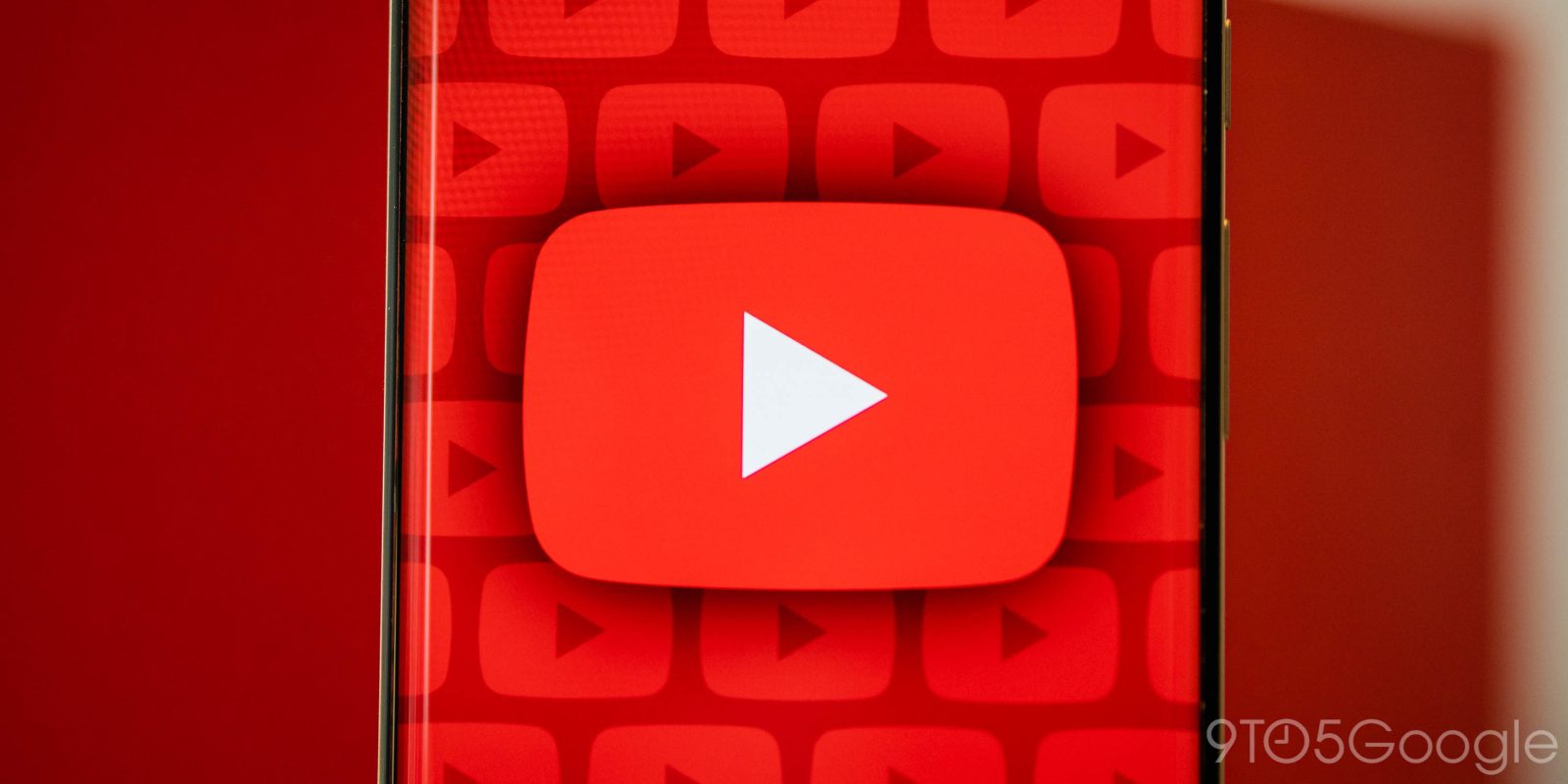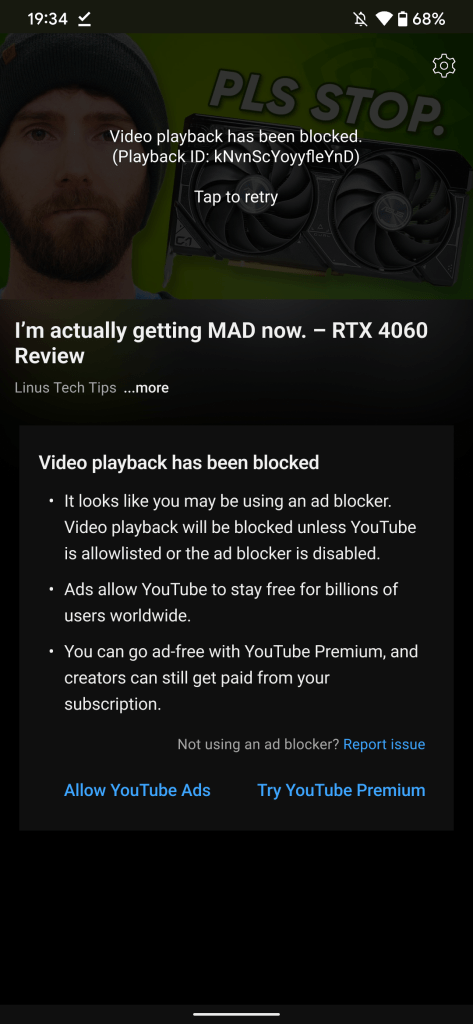
YouTube ads have gotten way out of hand in recent years, but despite that, ads are still necessary to handle the costs of running the world’s largest video platform, and paying the millions of creators that make it all possible. Now, the company is confirming that it is actively testing blocking ad blockers on YouTube, and that seems to include on mobile devices, too.
Last month a few users saw YouTube testing limited ad blocker blocking on YouTube.com. The test was referred to as an “experiment” by YouTube at the time, and of course, was met with harsh criticism from those using ad blockers.
Over the past week or so, these tests seem to have expanded. That started with a new desktop blocking method shared on Reddit that would block ad blockers on YouTube after a user watched three videos – effectively a “three strikes” approach. Like the previous test, this included a shortcut to enable ads on YouTube.com, as well as including a message about YouTube Premium, the official way to block ads on the site.

In the time since, another screenshot has appeared on Reddit from a user who experienced ad blocker blocking on mobile devices. This particular case was spotted on YouTube’s Android app, though its unclear what ad-blocking method triggered it.
Like the desktop warning, the user was blocked from watching videos on YouTube unless they allowed ads, and made the same pitch for YouTube Premium and reminded the user that ads make YouTube possible for the platform and creators alike.

YouTube has since responded to these reports, confirming to The Verge that the platform is testing forms of blocking ad blockers. A spokesperson explains that ad blockers have never been allowed on the platform, and that disabling playback like this is taken “very seriously” and only appears if a user ignores multiple requests to turn ads on.
We take disabling playback very seriously, and will only disable playback if viewers ignore repeated requests to allow ads on YouTube. In cases when viewers feel they have been falsely flagged as using an ad blocker, they can share this feedback by clicking on the link in the prompt.
YouTube’s ad-supported model supports a diverse ecosystem of creators, and provides billions of people globally access to content for free with ads. We want to inform viewers that ad blockers violate YouTube’s Terms of Service, and [this change makes] it easier for them to allow ads on YouTube or try YouTube Premium for an ad free experience.
Public feedback on the tests is, again, overwhelmingly negative. Hundreds of Reddit comments criticize YouTube’s “greed” and how ad blocking is “essential” for YouTube.
YouTube has, admittedly, gone way overboard with advertising in recent years, but at the end of the day, YouTube is a free product that has to pay for the obscene costs of hosting the world’s largest video library and pay creators directly as a part of that. And it’s the latter that’s most important here.
We’ve called on YouTube previously to lower the cost of entry to YouTube Premium, which would surely increase the number of people willing to do the right thing and potentially make the situation better for paid and free viewers alike. Instead of that, YouTube just added (pointless) badges to the subscription.
Blocking ad blockers may not be fun, but nothing is free.
More on YouTube:
- YouTube Premium needs a more affordable option as ads keep getting worse
- YouTube on TVs getting unskippable 30-second and pause screen ads
- YouTube Stories, which are not Shorts, are going away
FTC: We use income earning auto affiliate links. More.



Comments